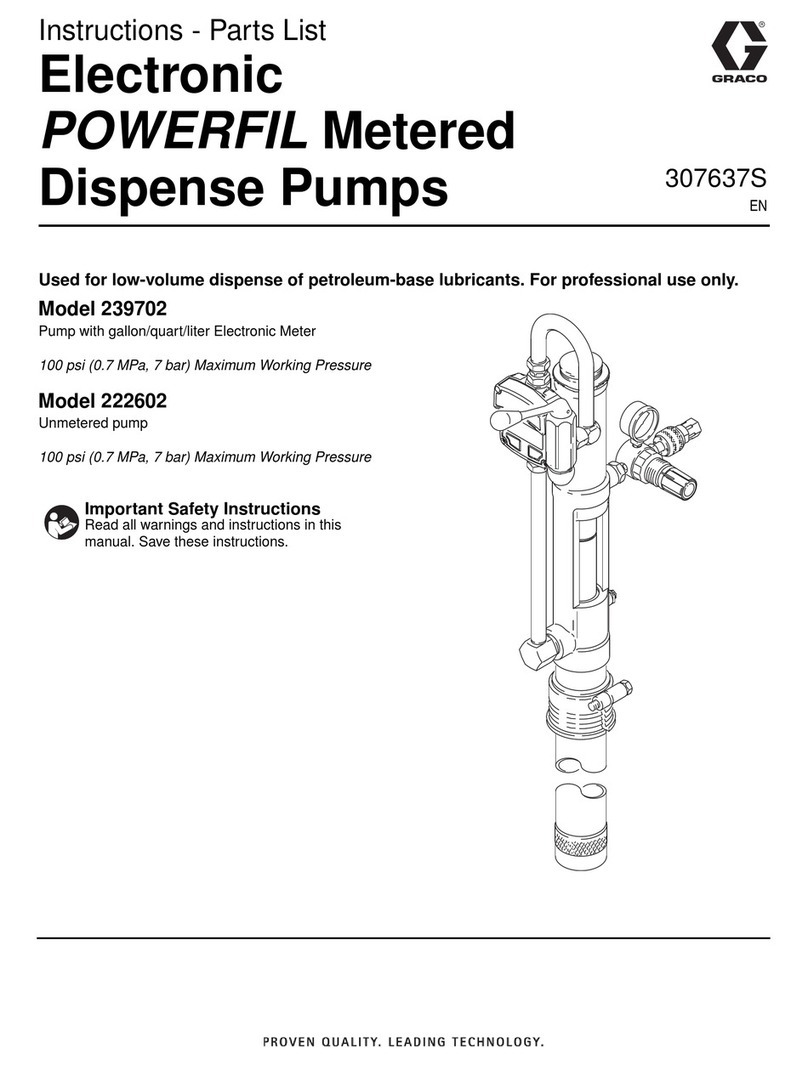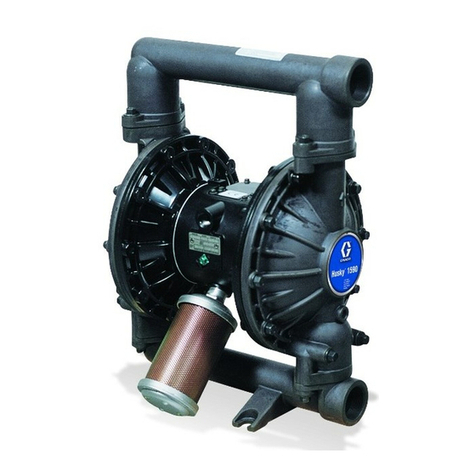Graco Series A User manual
Other Graco Water Pump manuals

Graco
Graco Fire-Ball 300 User manual
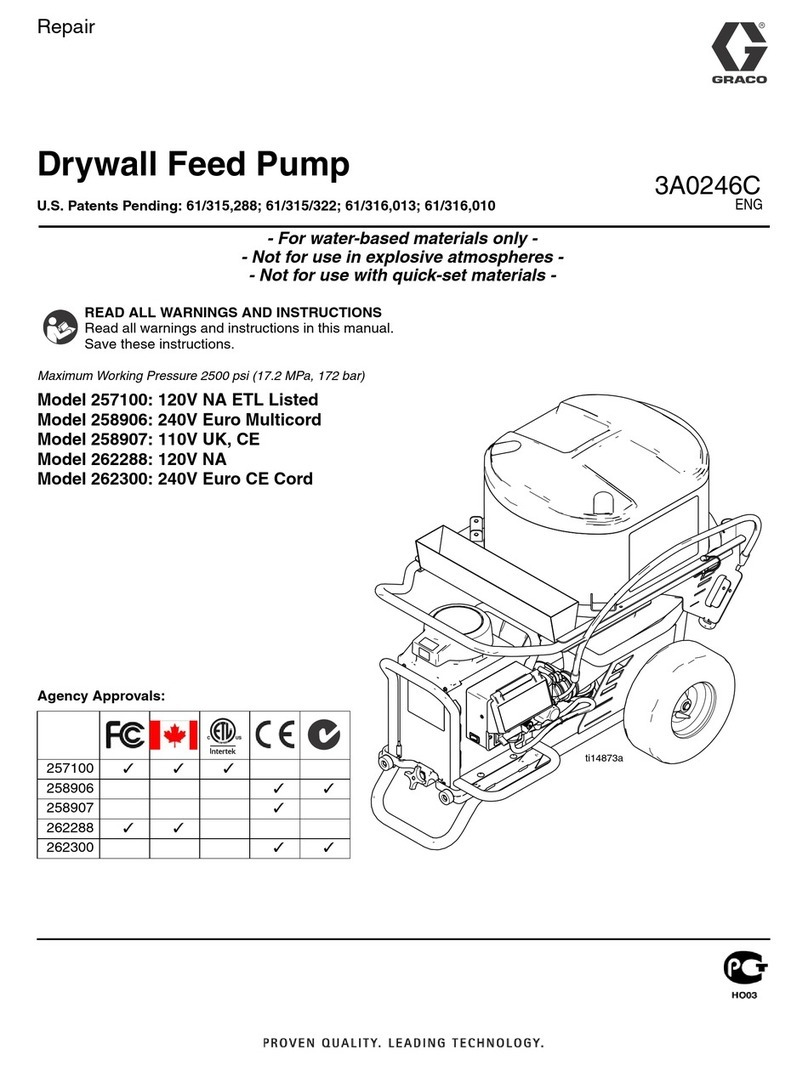
Graco
Graco 258906 Assembly instructions
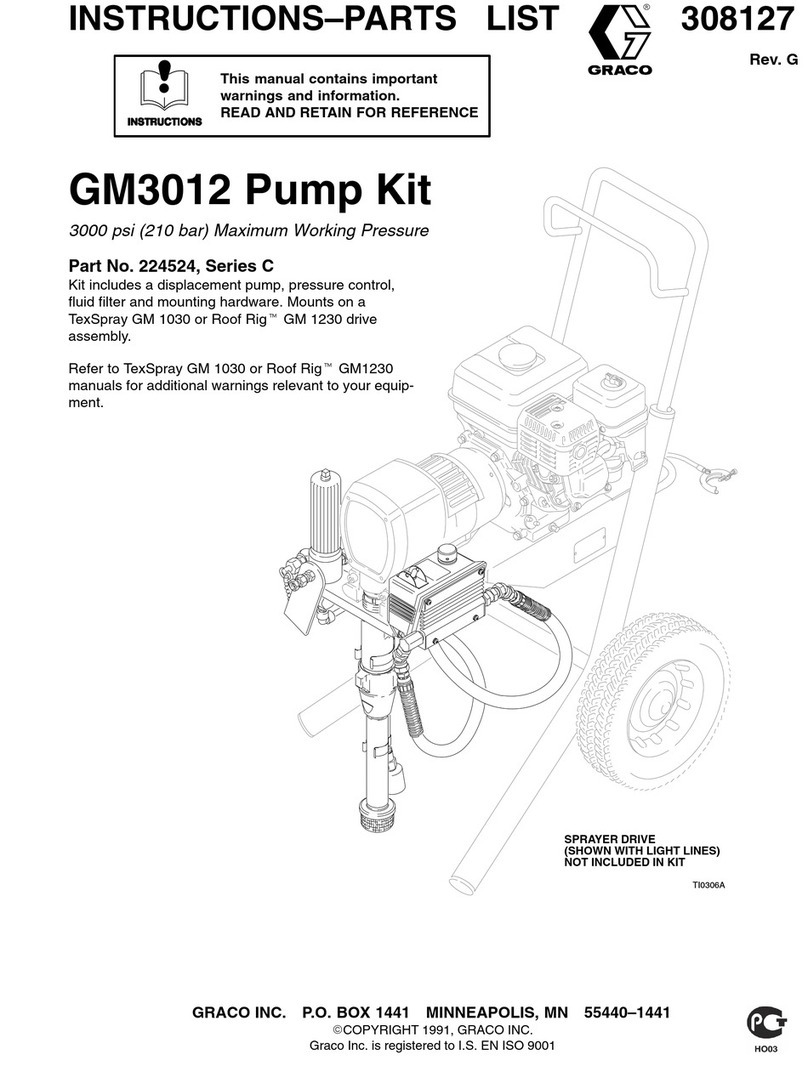
Graco
Graco C Series Operation manual
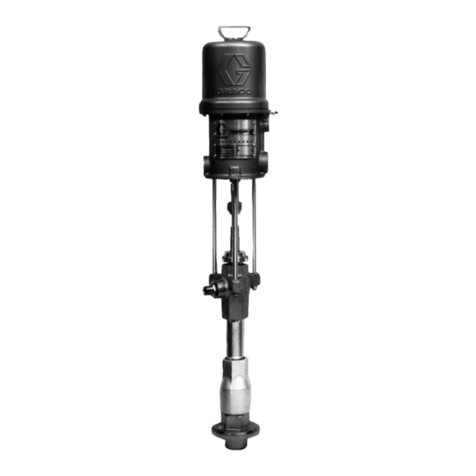
Graco
Graco Check-Mate 450 Operation manual
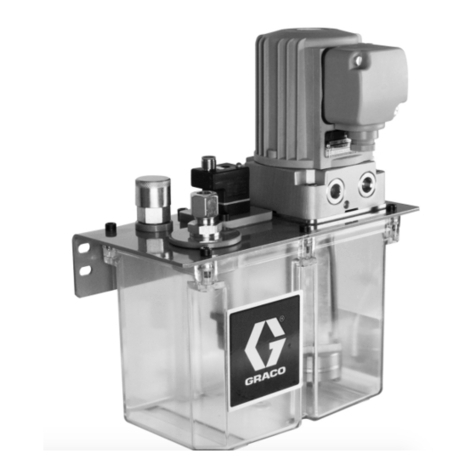
Graco
Graco Injecto-Flo II Single Line User manual
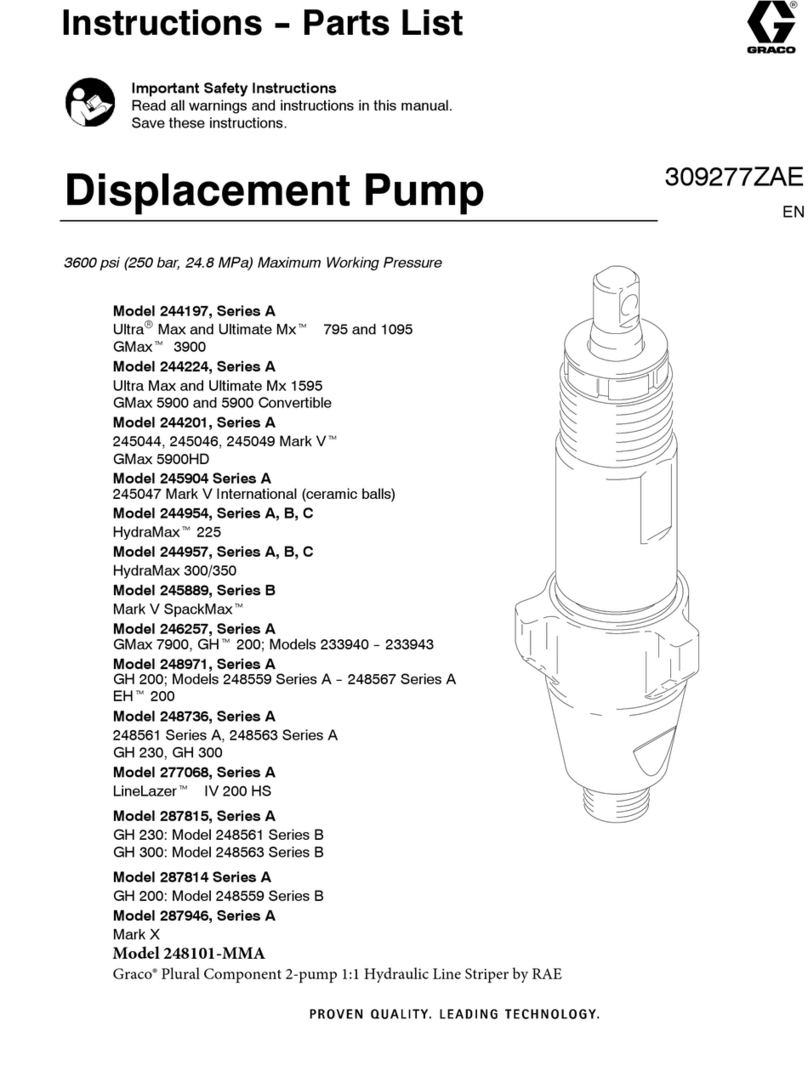
Graco
Graco 244197 Operation manual
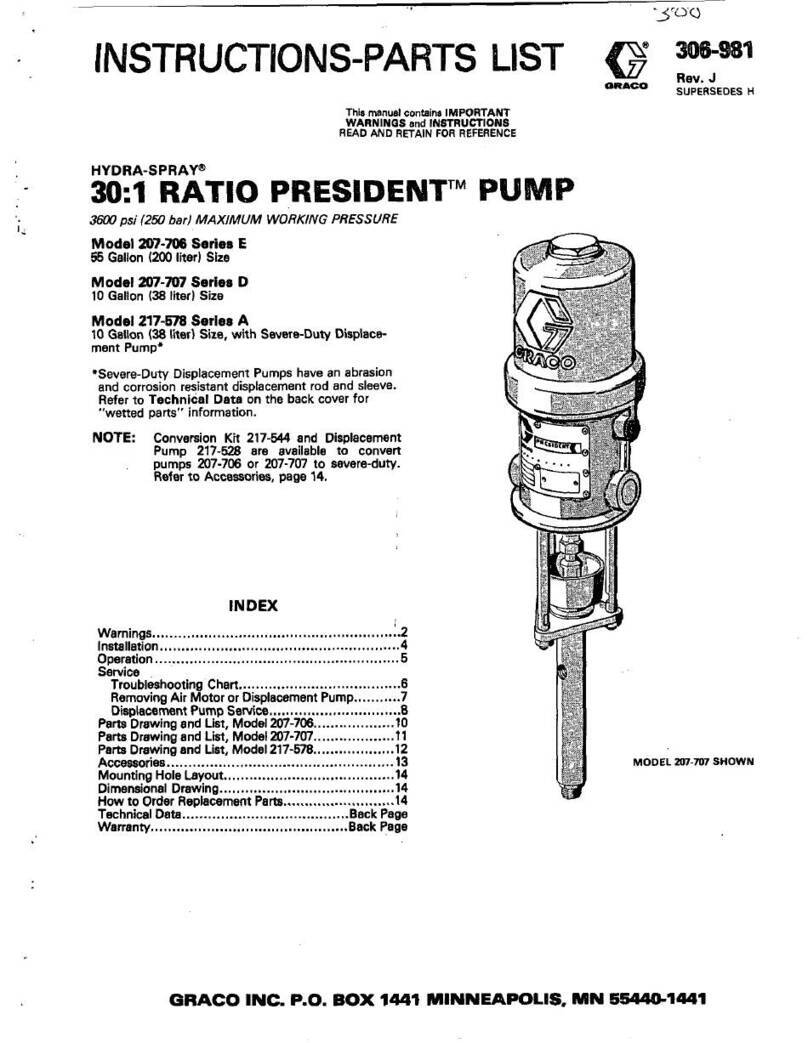
Graco
Graco PRESIDENT 207-706 Operation manual
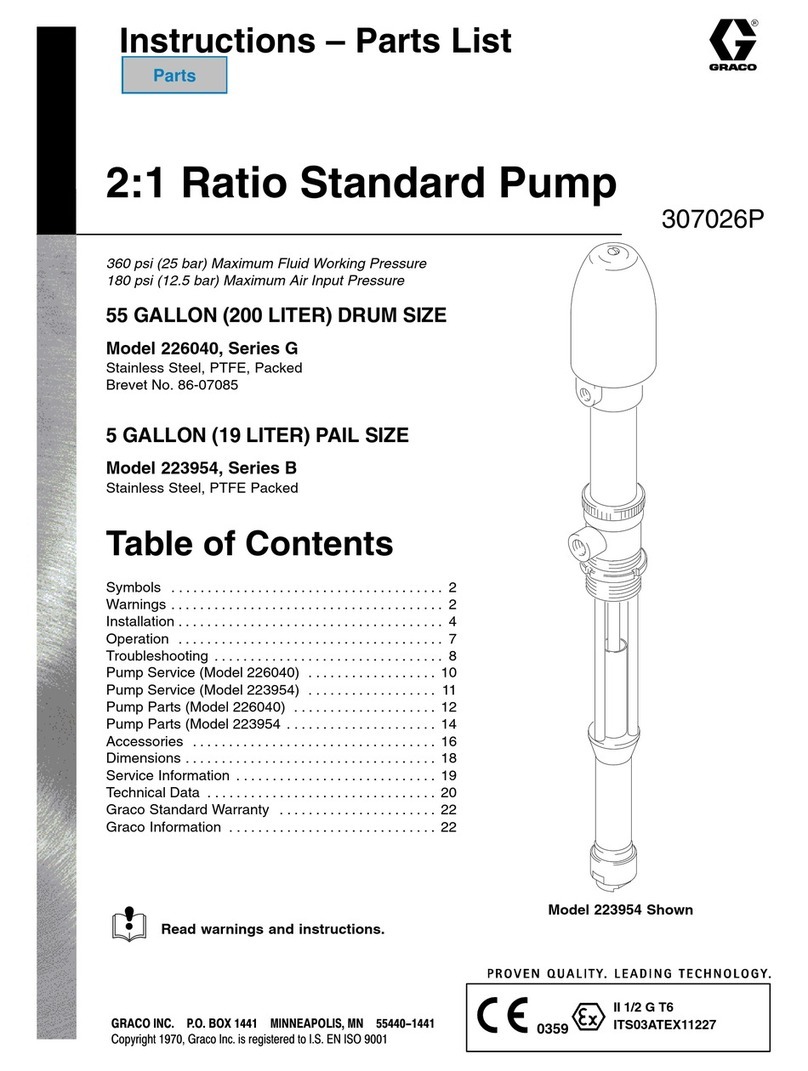
Graco
Graco 226040 Operation manual
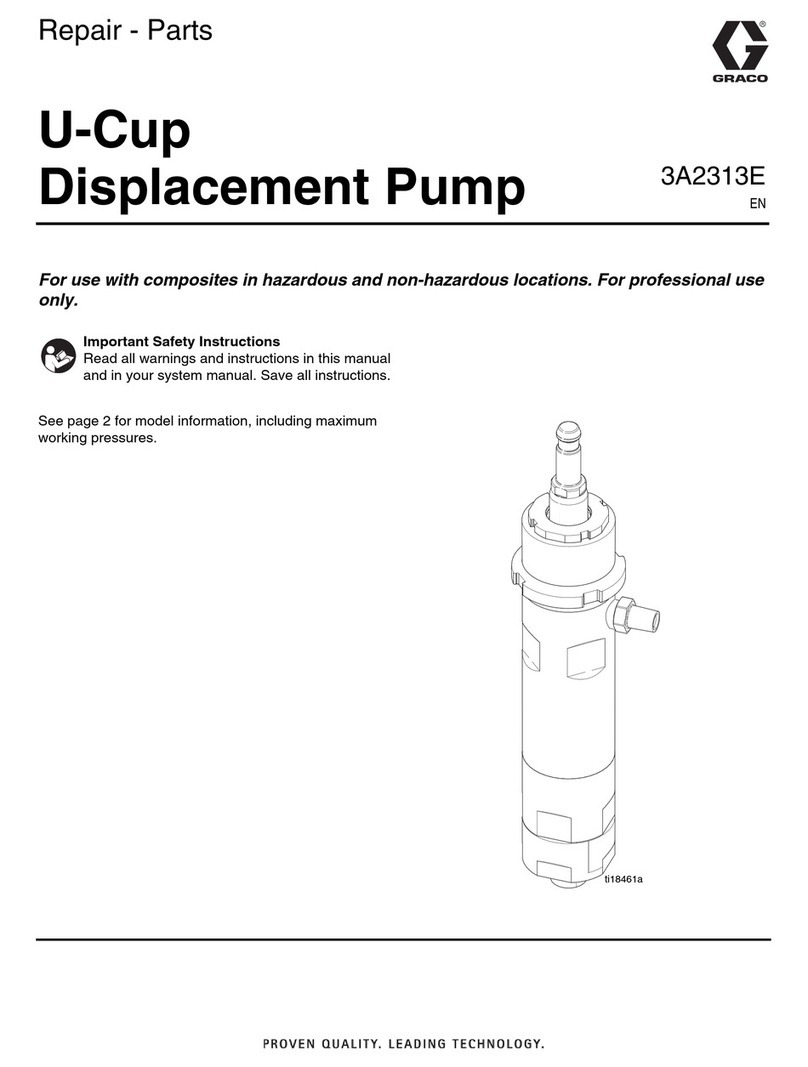
Graco
Graco LW075S Use and care manual

Graco
Graco FIRE-BALL Series Parts list manual
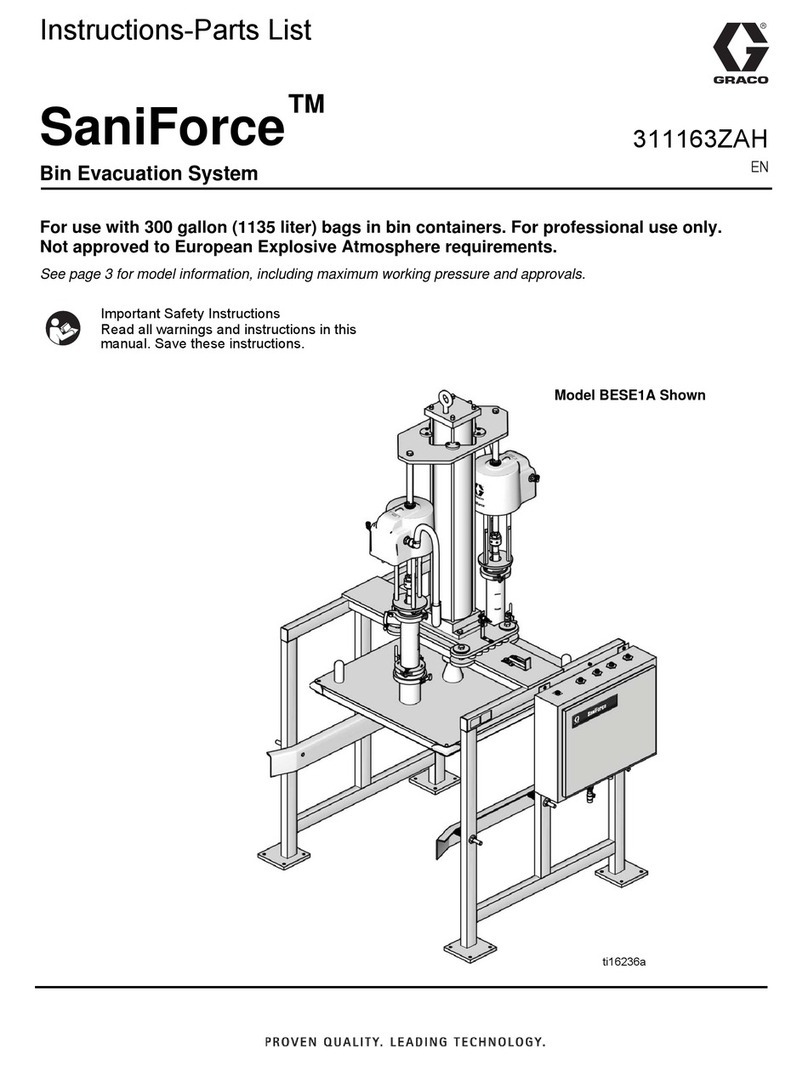
Graco
Graco SaniForce BES Series Operation manual
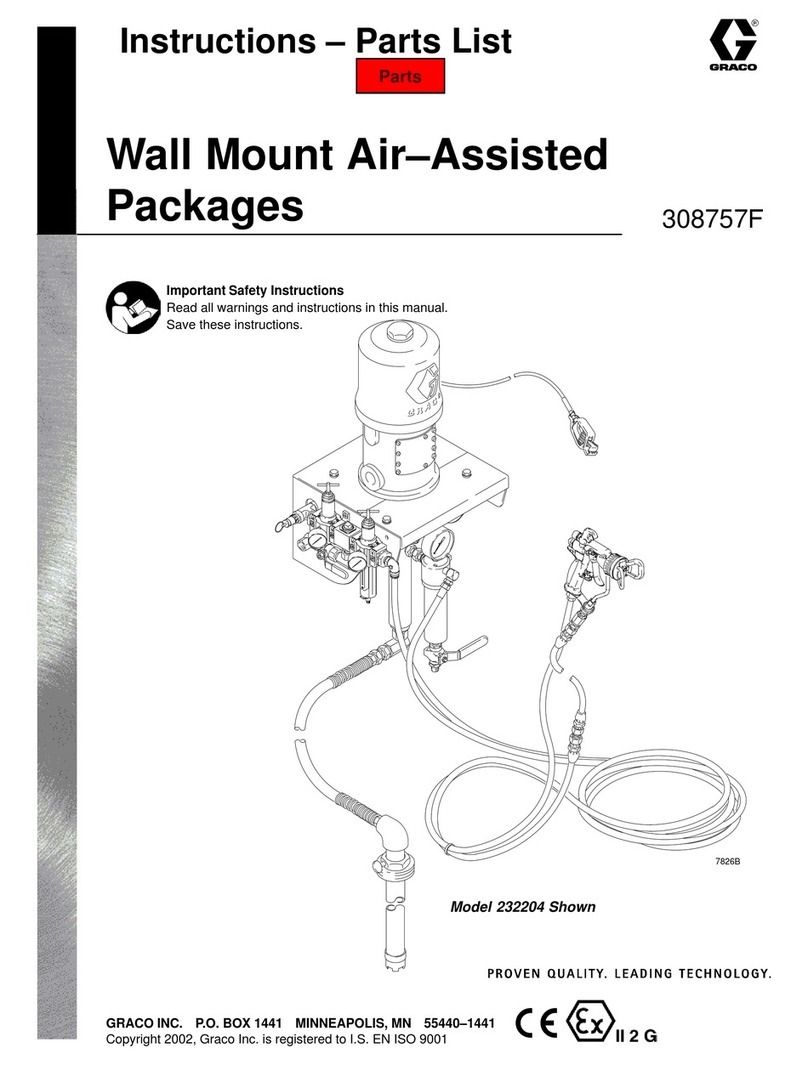
Graco
Graco President 232204 Operation manual
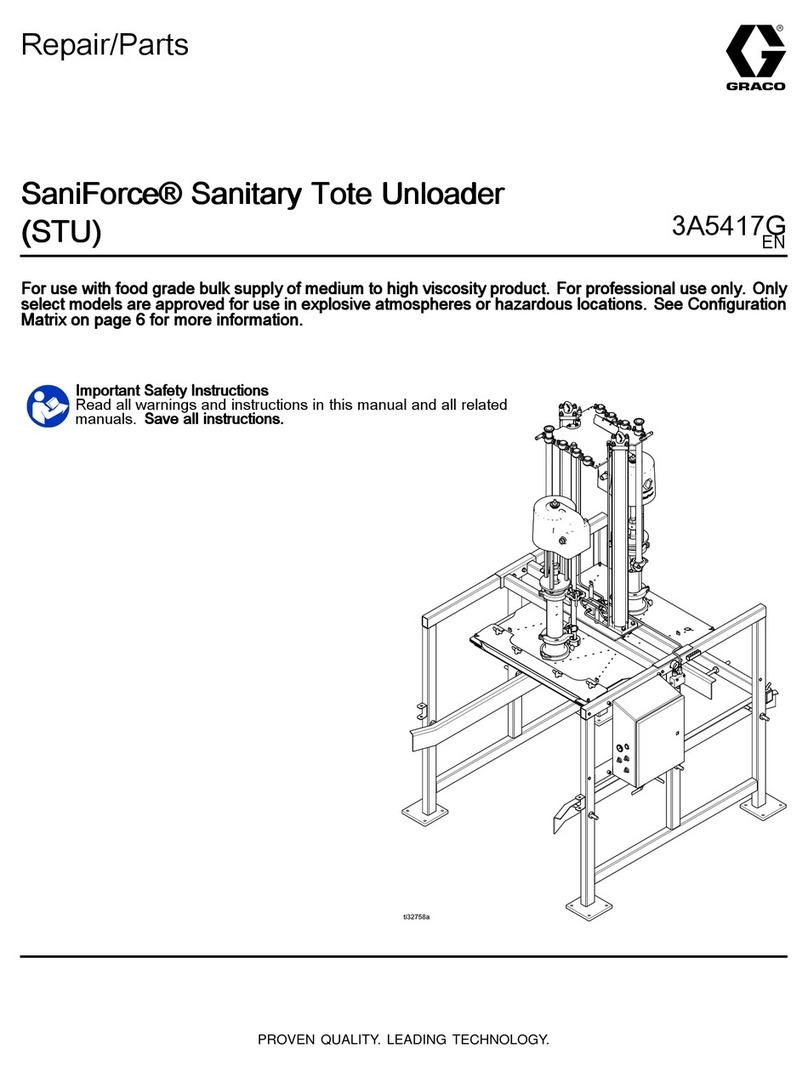
Graco
Graco SaniForce STU.A09GAB2AB1C21 Use and care manual

Graco
Graco President 218747 Operation manual

Graco
Graco Husky 2150e Instruction Manual

Graco
Graco 244731 Operation manual

Graco
Graco 232-105 Operation manual
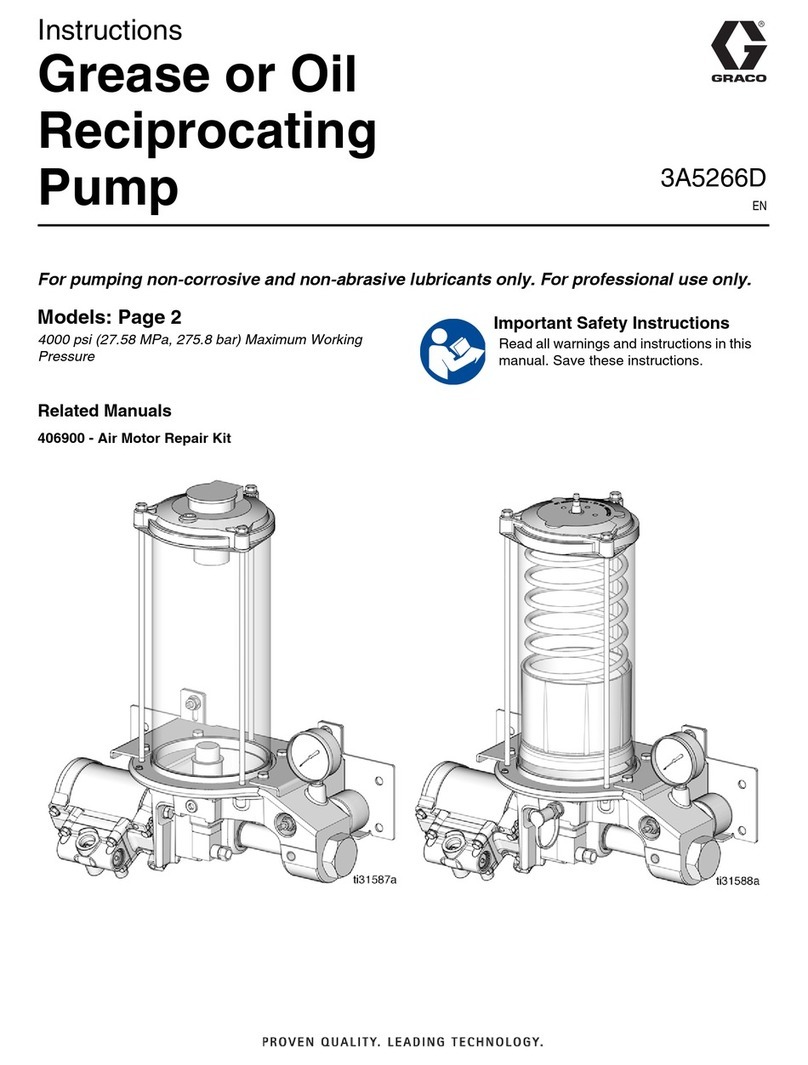
Graco
Graco 17P750 User manual
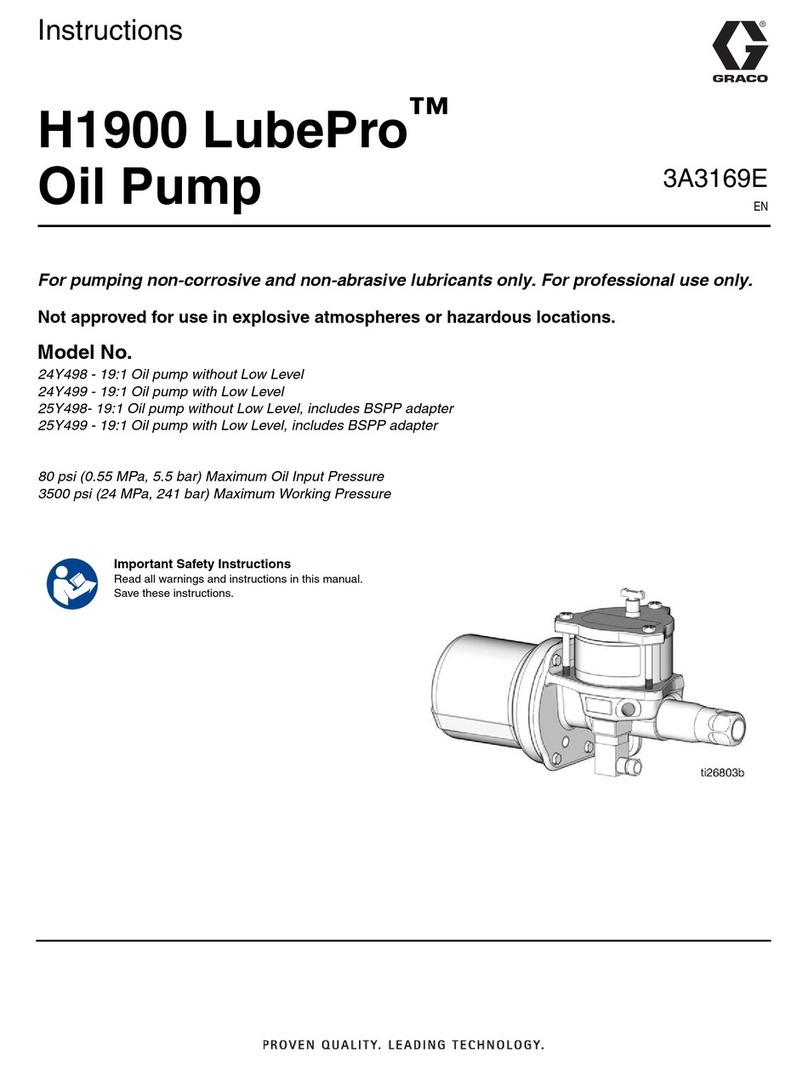
Graco
Graco LubePro H1900 User manual

Graco
Graco 24R253 User manual
Popular Water Pump manuals by other brands

Watershed Innovations
Watershed Innovations HYDRAPUMP SMART FLEX Instructional manual

Messner
Messner MultiSystem MPF 3000 operating instructions
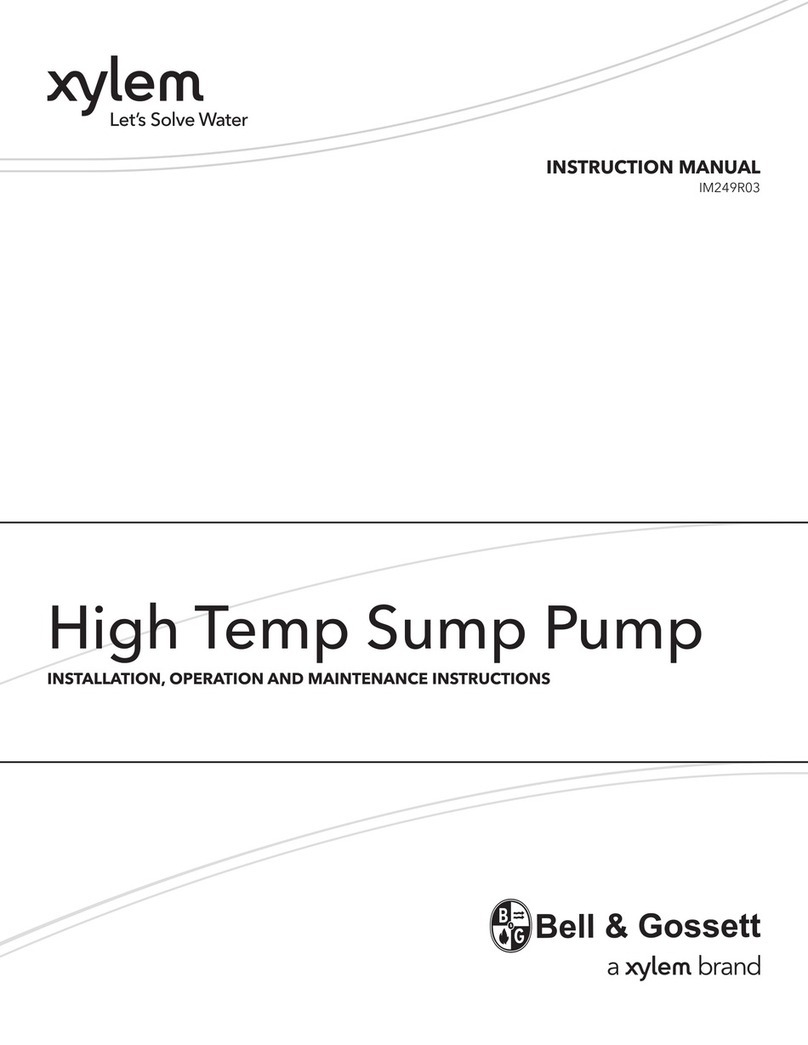
Xylem
Xylem Bell & Gossett WEHT0311M Installation, operation and maintenance instructions

WilTec
WilTec 50739 Operation manual

Franklin Electric
Franklin Electric Little Giant 555702 HRK-360S instruction sheet
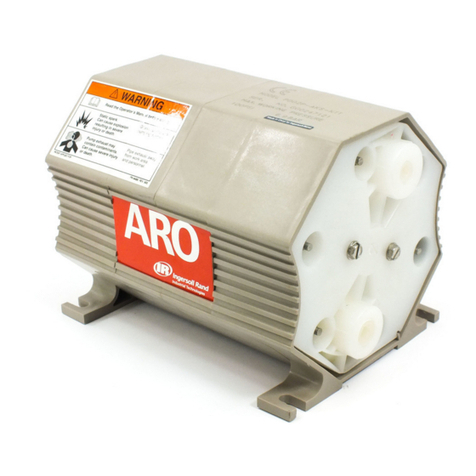
Ingersoll-Rand
Ingersoll-Rand PD02P Series Operator's manual
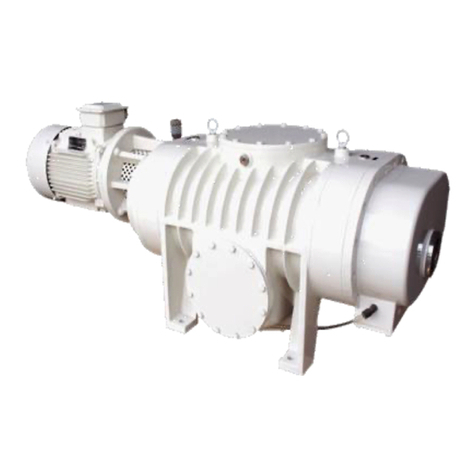
VS
VS ZJ Series Operating instruction
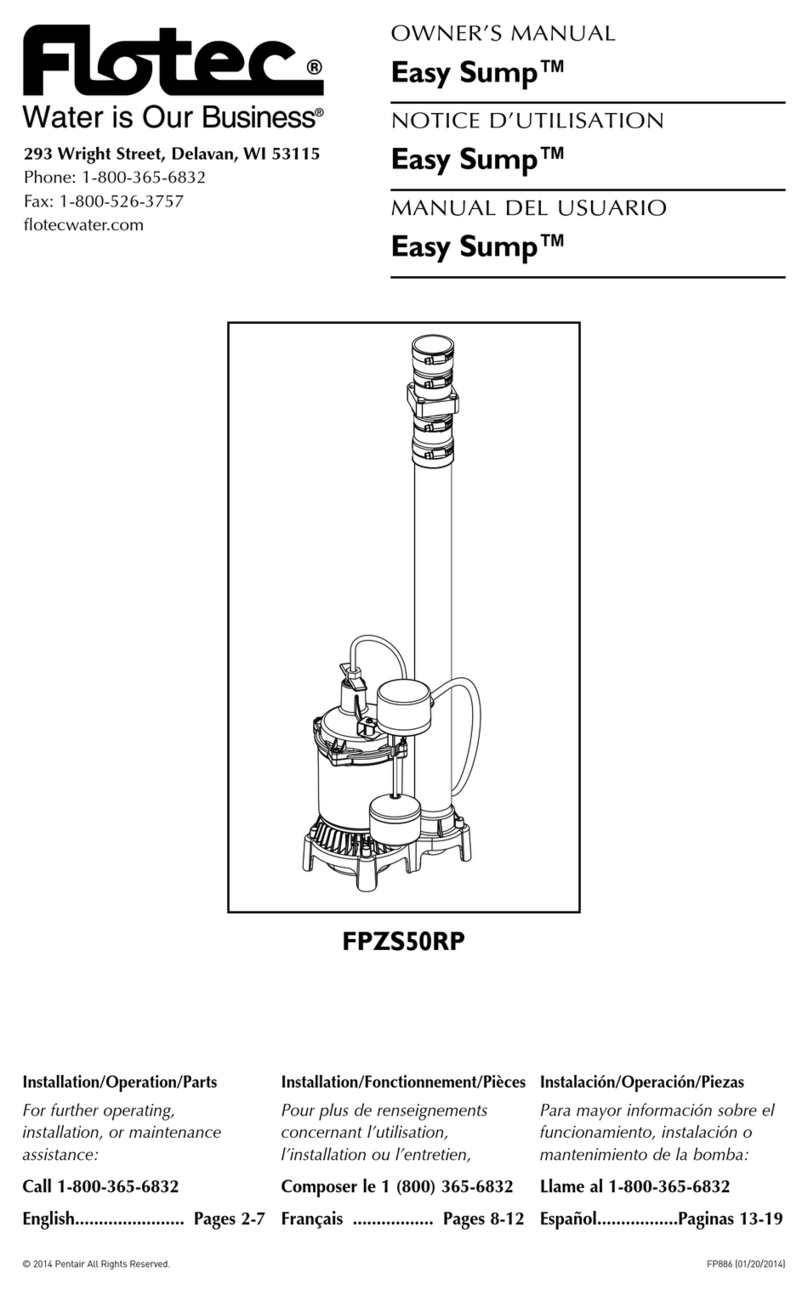
Flotec
Flotec FPZS50RP owner's manual

SKF
SKF Lincoln FlowMaster II User and maintenance instructions
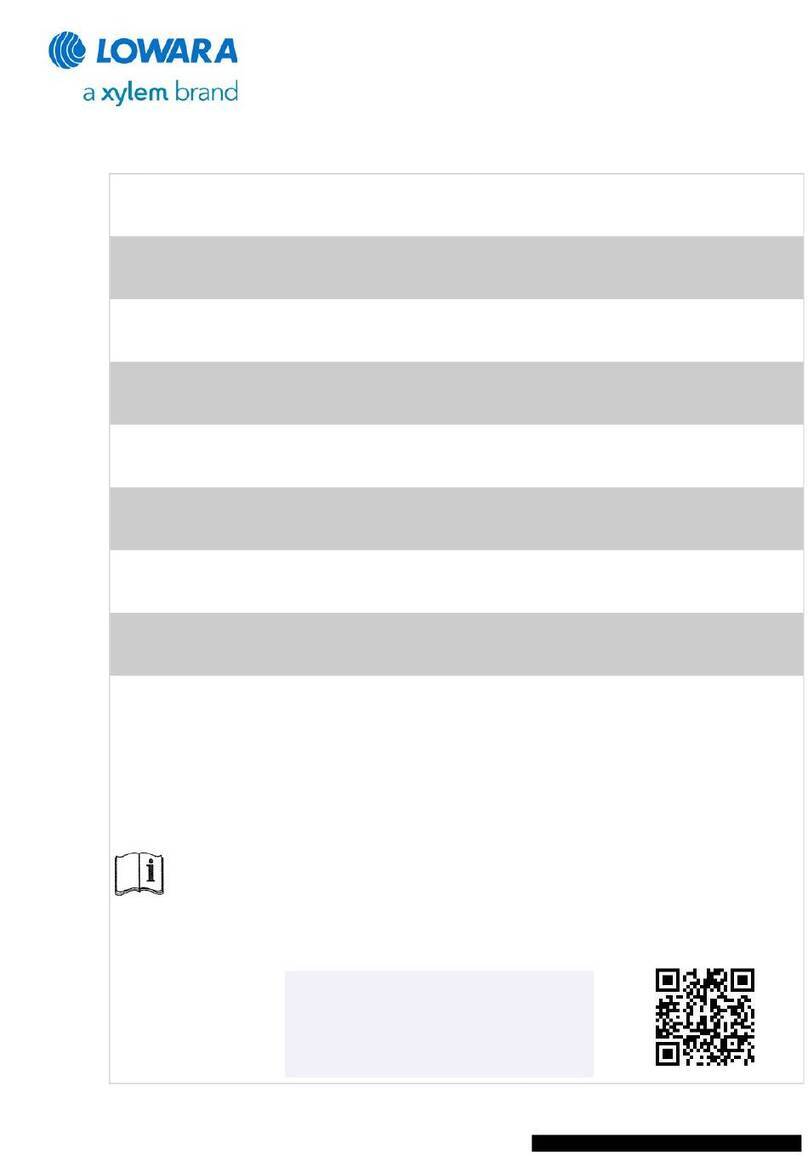
Xylem
Xylem Lowara LSB Series Installation, operation and maintenance instructions

Water
Water Duro Pumps DCJ500 Operating & installation instructions
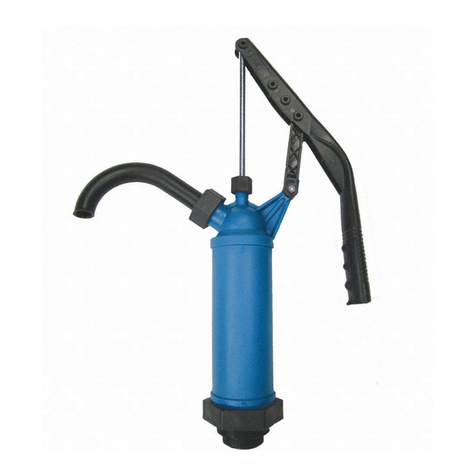
Action
Action P490 Operating instructions & parts manual

Flo King
Flo King Permacore Reusable Carbon Bag Disassembly. & Cleaning Instructions

ARO
ARO ARO PD15P-X Operator's manual
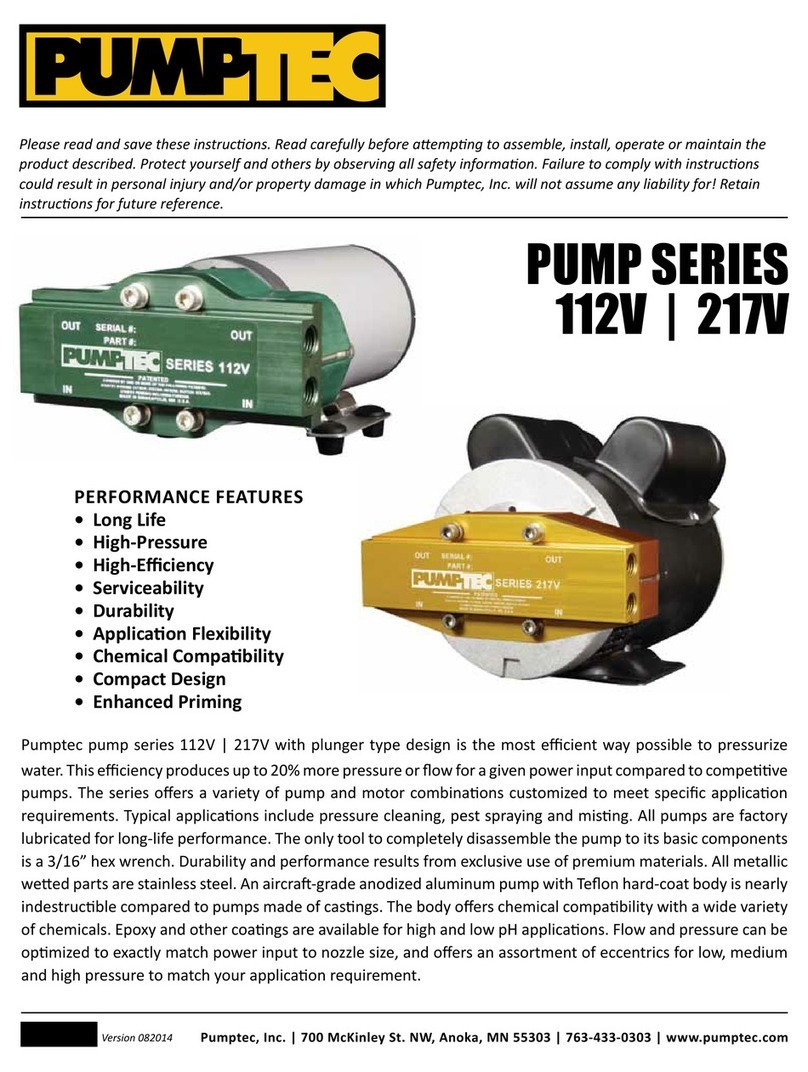
Pumptec
Pumptec 112V Series Operating instructions and parts manual
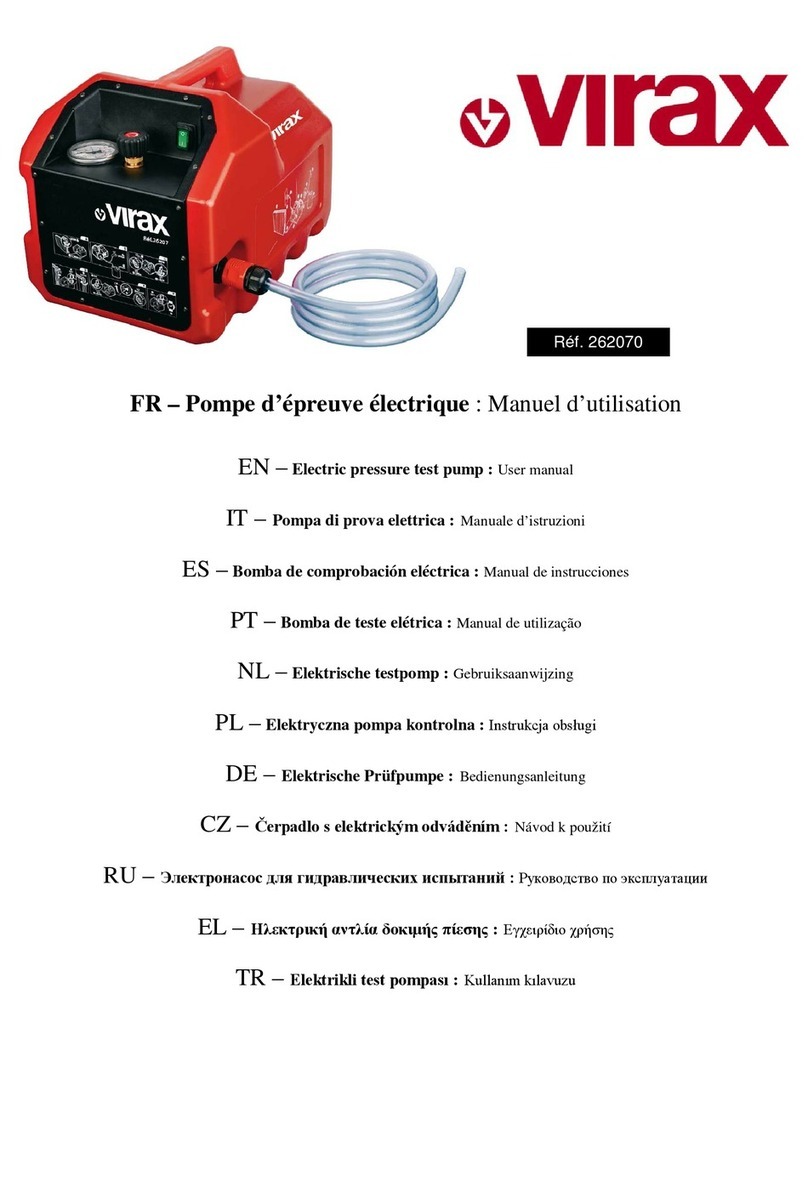
Virax
Virax 262070 user manual
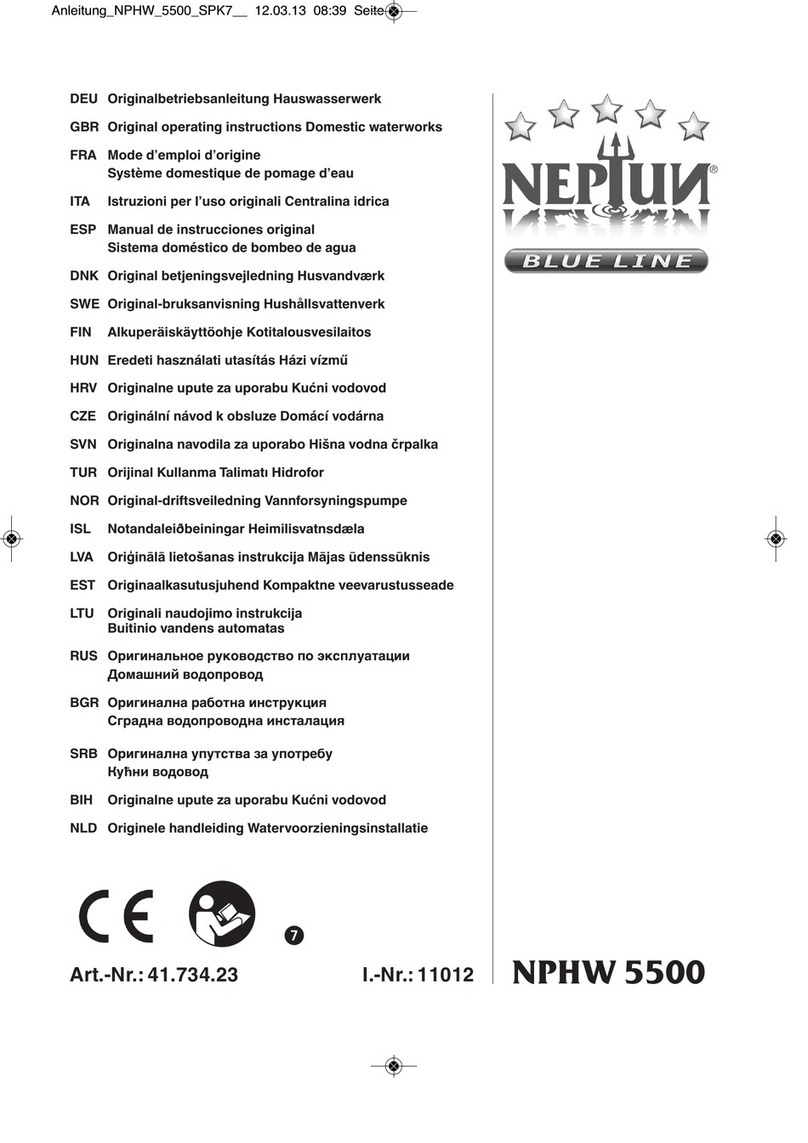
Neptun
Neptun NPHW 5500 operating instructions

Sensidyne
Sensidyne Gilian BDX-II Operation & service manual

